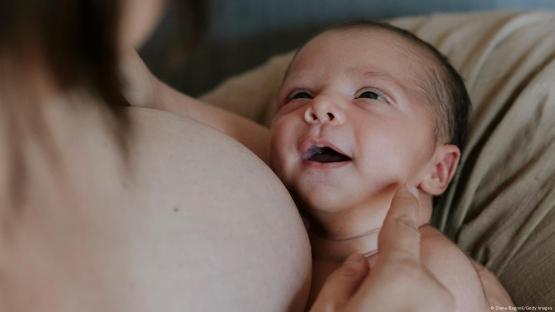A PRIMARY school pupil has become the eighth child to die after being diagnosed with Strep A.
The youngster’s death was confirmed by the headteacher at their school, Morelands Primary in Waterlooville, Hampshire .
The child was a pupil at Morelands Primary school in HampshireHeadmistress Alison Syred-Paul said: “Very tragically, we have learned of the death in recent days of a child who attended our school, who was also diagnosed with an invasive Group A Streptococcal (iGAS) infection.
“We are absolutely devastated by the loss of one of our young pupils and offer our sincere and heartfelt condolences to the child’s family at this extremely sad time.”;;
She added: “As a precaution, we have also been raising awareness amongst parents, carers and our school community of the signs and symptoms of Group A Streptococcal (iGAS) infections, and what to do if a child develops these, including invasive Group A Streptococcal (iGAS) infection.”;;
The school is listed as having 328 pupils.
Eight children are now known to have died from the illness which usually only causes a mild sore throat and temperature â but in extreme cases can lead to a life-threatening infection.
The other deaths were almost all children of primary school age.
They include Muhammad Ibrahim Ali, four, from High Wycombe, Bucks, and Hanna Roap, seven, from Penarth, Vale of Glamorgan .
The pandemic lockdown is being blamed for the outbreak because children were shuttered away â creating a lower immunity to infections.
The UK Health Security Agency said the last time there was an intensive period of Strep A infection was in 2017-18, with four deaths in England in the equivalent time frame.
The Sun on Sunday’s Dr Jeff Foster said Strep A is one of the most common bugs doctors see in kids every year, but that it is currently surging.
He said: “It is commonly found in children under ten and is spread by droplets and close contact â through spit, sneezing, coughing and touching infected surfaces. It’s the same way you would get a common cold .
“You can get mild cases where children have a temperature and a sore throat. If it becomes scarlet fever they would get a rash, which looks like sandpaper, around four or five days after the temperature starts, and red flushing cheeks.
“This year’s is not a new variant. It’s the post-Covid effect as kids were not exposed to bugs for two years.”;;
Dr Colin Brown, deputy director of the UKHSA, added: “It is important parents are on the lookout for symptoms â and see a doctor as quickly as possible so we can stop the infection becoming serious.”;;



